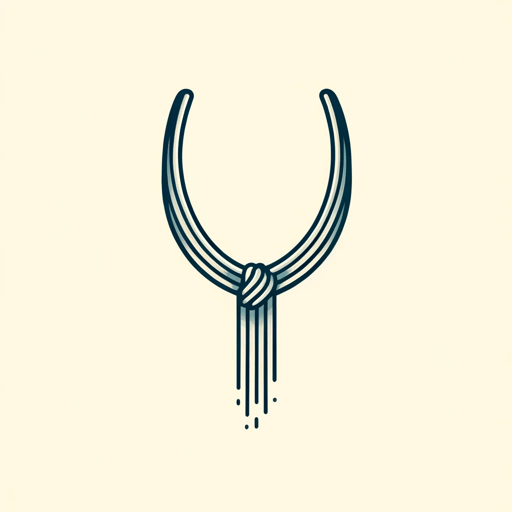44 pages • 1 hour read
John Mark ComerThe Ruthless Elimination of Hurry: How to stay emotionally healthy and spiritually alive in the chaos of the modern world
Nonfiction | Book | Adult | Published in 2019A modern alternative to SparkNotes and CliffsNotes, SuperSummary offers high-quality Study Guides with detailed chapter summaries and analysis of major themes, characters, and more.
Summary and Study Guide
Overview
The Ruthless Elimination of Hurry is a 2019 book by John Mark Comer that focuses on self-help principles and Christian spirituality. Comer is the pastor of Bridgetown Church in Portland, Oregon, and a co-host of the This Cultural Moment podcast. He teaches and writes on practical issues related to following Jesus in the context of post-Christian Western culture, and his other books include New York Times bestseller Live No Lies (2021). In The Ruthless Elimination of Hurry, Comer addresses the dangers inherent in the incessant pace of contemporary life and argues that the solution is found in observing and following the manner of Jesus’s lifestyle.
This study guide uses the 2019 edition from WaterBrook Press.
Summary
The Ruthless Elimination of Hurry has three main parts, of three to four chapters each, along with a Prologue, Intermission, and Epilogue. In the Prologue, Comer introduces his own journey of dealing with the problem of hurry in his life, which left him exhausted and empty while trying to serve the needs of a multi-site megachurch in suburban Portland. Led by the counsel of other Christians, he decided to downsize and simplify his life, resigning his position to take a smaller role at a single-site church. Based on this experience, he encourages his readers to take seriously Jesus’s call in Matthew 11:28-30, in which Jesus invites his hearers to follow him, find rest, and take up the “easy yoke” of learning his way of living.
In Part 1, Comer focuses on the problem of hurry, which he sees as a systemic social disease affecting contemporary society. He traces the roots of the problem to a series of cultural shifts in Western societies, beginning with the way time was measured and regulated during the medieval period, and leading all the way up to the fractionalization of people’s distracted interests in the age of smartphones and the Internet. The recent dramatic advances in technology have not resulted in greater leisure for most people; to the contrary, many find that their lives are now consumed by an endless array of tasks, and whatever time remains is entirely swallowed up by the nearly infinite distractions of entertainment media. This has led to a broad array of negative outcomes, affecting people’s physical health, mental and emotional well-being, relationships with others, and spirituality. In short, Comer believes that the current crisis of hurry and attention in our society has led to a significant deficit in the ability to experience and enjoy the most important things in life.
In Part 2, Comer moves from diagnosing the problem to proposing a solution. He argues that the solution does not include finding more time for one’s schedule, as more time would simply be swallowed up in the same way. The answer, Comer suggests, is to learn the way of Jesus—to apprentice oneself to his lifestyle, not only listening to his teachings but observing and applying his manner of life to one’s own. Taking again Jesus’s words from Matthew 11:28-30, Comer encourages his readers to consider Jesus’s invitation of the “easy yoke” of following him. Comer does not present the idea of following Jesus in the familiar terms habitually used in the Christian tradition, like faith, believing, and salvation. Instead, he suggests in the Intermission that what one needs to do is to learn and keep the practices of Jesus (traditionally called “spiritual disciplines”) by observing and applying the way Jesus himself lived during his ministry. These practices are not an exercise of willpower, but a response to God’s gracious invitation of healing and restoration.
Part 3 provides an overview of four of these practices: silence and solitude, Sabbath observance, simplicity, and habits of slowing down. Based on his observations of Jesus’s life in the gospels, Comer advises the use of times of silence and solitude and Sabbath observance to provide a framework that gives structure and meaning to the rest of life. Rather than adding more tasks to an already too-full schedule, these practices are meant to open up windows of freedom in one’s life, slowly teaching how to rest, to enjoy God and others, and to be fully present in each moment. The practice of simplicity (which Comer uses synonymously with minimalism) is an antidote to the way consumer society urges one to always be looking forward, toward the next new thing. By contrast, simplicity teaches one to find contentment in one’s present circumstances, thus promoting the ability to inhabit the present moment rather than continually lusting after what the future might bring. The final practice, which Comer calls slowing, is a set of recommendations on how to put radically counter-cultural behaviors into play in one’s life, actively moving against the pressures to rush, to fill up one’s time, and to hunt after the next new thing.
In the Epilogue, Comer brings all these ideas back together into a focus on Jesus’s invitation to bear his “easy yoke,” reminding his readers that although following the way of Jesus might look hard at first glance, it is ultimately easier than plodding through the wasteland of one’s own busyness, stress, and perpetually frustrated desires. The way of Jesus is a restful one, offering a path into the experience of those values that lie at the heart of Christian spirituality: love, joy, and peace.

